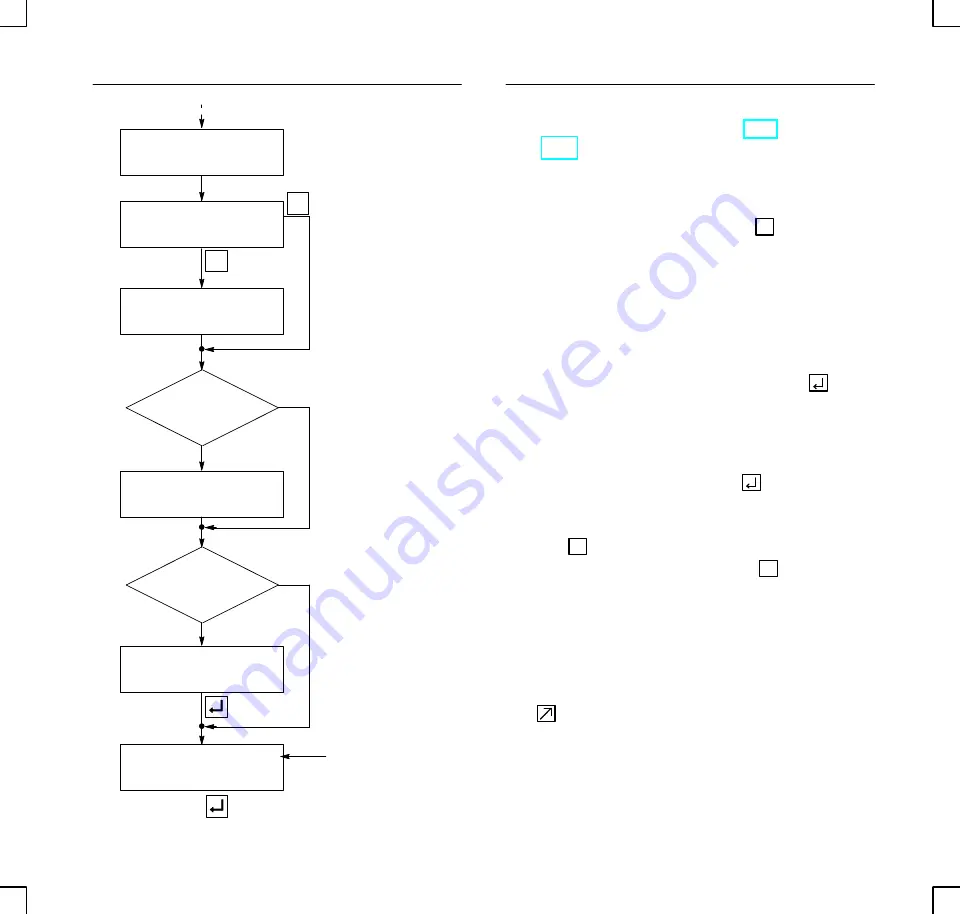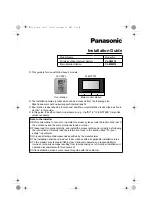
11–2
11–3
EWA 4NEB 812 6096–02b
EWA 4NEB 812 6096–02b
ET 200 Handheld
ET 200 Handheld
address now: ###
change Y/N
Dia–overview:
I#### Q####
select port
Q$ I$
Q1:
¹
01234567
Dia 10101010
Y
N
*** SPM ***
* TYP# CODE# *
address now: ###
new addr.: $$$
Slave station
with diagn. cap.?
Yes
No
Bit position
Number of ports
> 1?
Yes
No
SPM and the associated type and code appear for an SPM.
The SPM module data is listed in Table 11.1 and
Table 11.2.
The station number read in appears in the display. If station
number 126 appears, this means that the station has not yet
been assigned a number. In the case of some slave stations,
you can change the station number with
for Yes (valid
station numbers: 3 to 124).
If you have correctly entered the station number, it will ap-
pear in the display for about 3 seconds.
In the case of slave stations with diagnostic capability, the
display tells you for which input or output ports diagnostic
bits have been set.
Then select the port with the cursor, digit key and
.
Outputs: The port with the appropriate configuration and
pin status appears in the display. You can force the status
of the outputs by pressing the digit keys 0 and 1. You can
use the cursor to change over from one output port to an-
other without setting outputs. Pressing
sets the outputs.
Inputs: You can use the cursor to change over from one
input port to another. You can “freeze” the status of the in-
puts with
. The “frozen” state is represented by a pro-
peller symbol. Terminate “freezing” with
.
Diagnostics: If “Dia” and a 0 or 1 blinks, the associated
input or output is faulted (e.g. wire–break or short–circuit).
It is also possible that diagnostic bits have been set for an-
other port. If only “Dia” blinks, a diagnostic bit has been
set for another port.
Leaving the display: You can exit the display by pres-
sing
, and select another port.
SPM Module
SPM Module








































